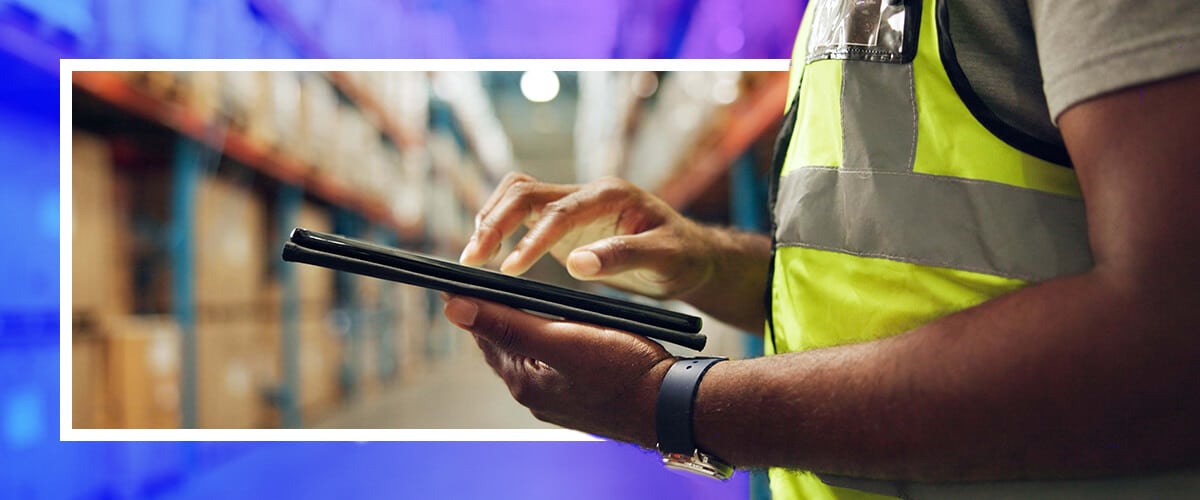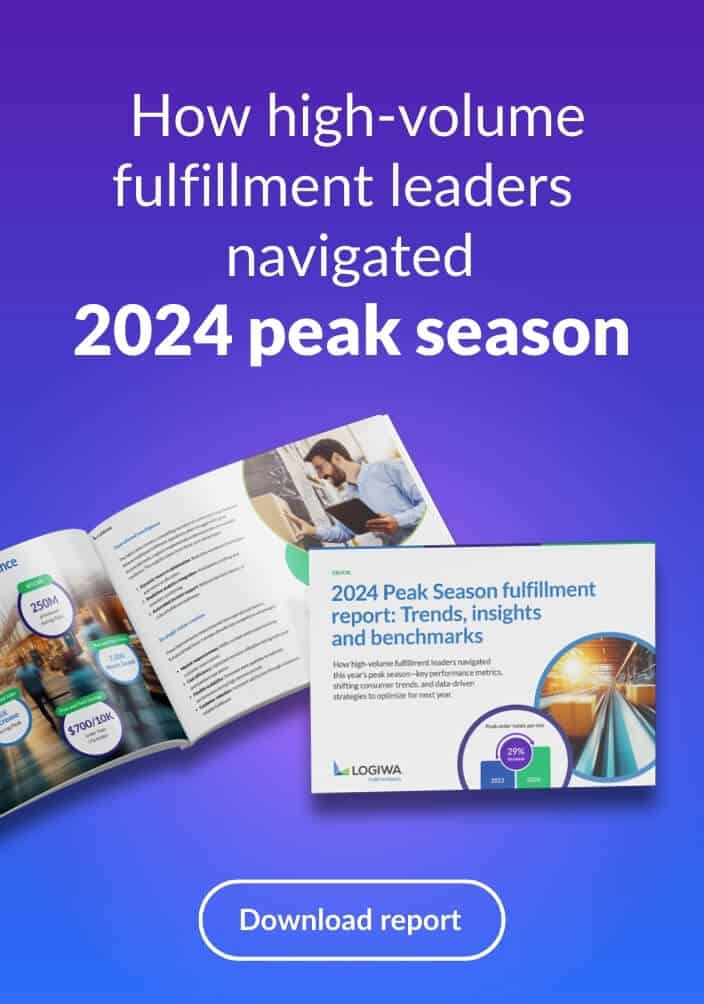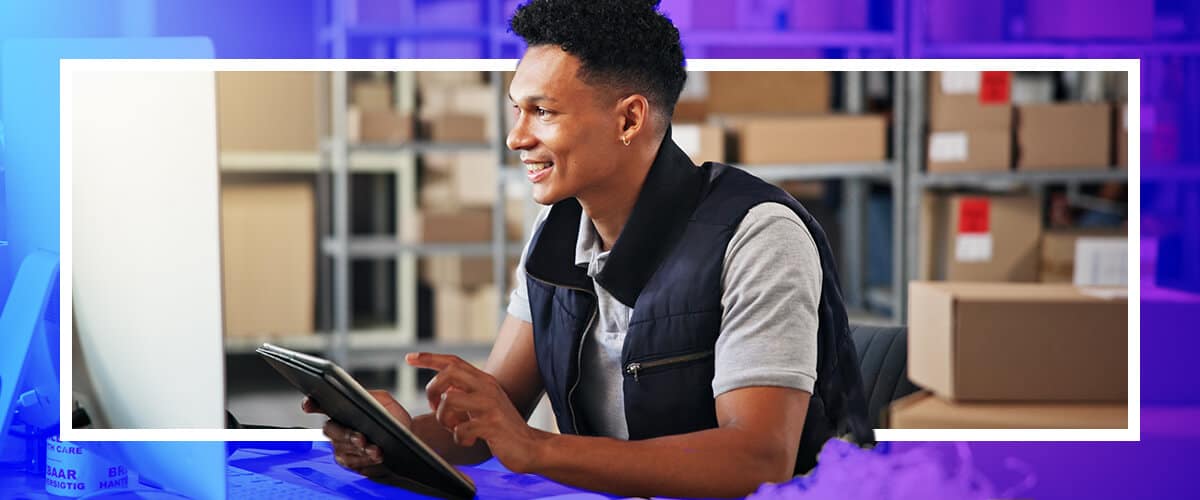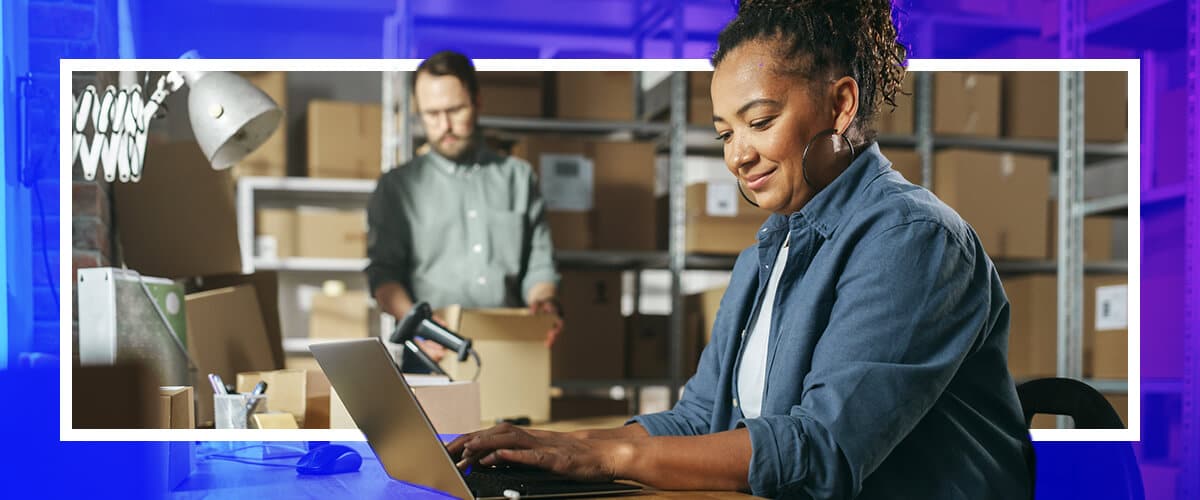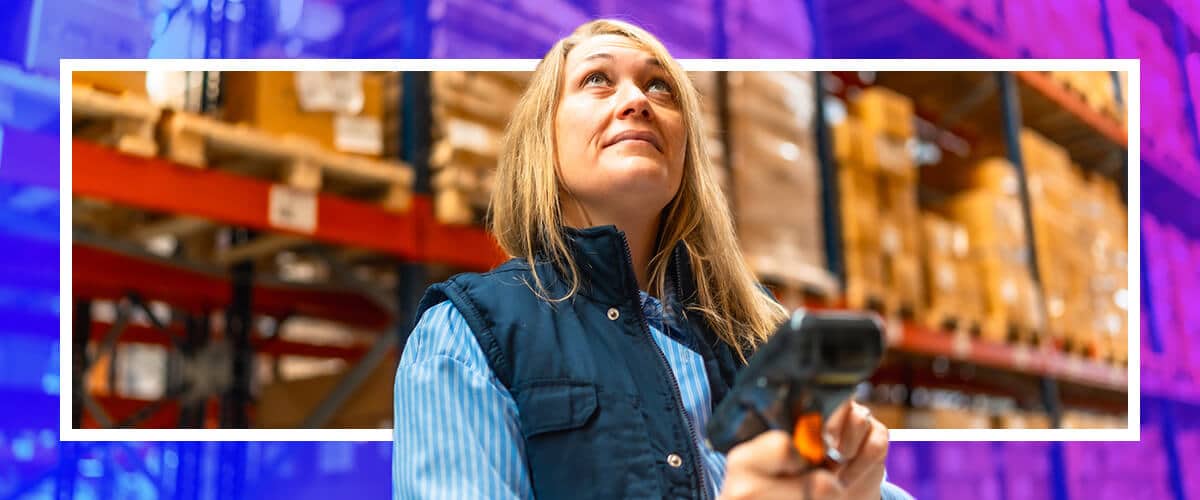Most warehouses still run on manual processes—despite a flood of e-commerce orders and rising customer expectations. In fact, over 70% of warehouse tasks are still done by hand, according to McKinsey.
That gap between what warehouses need to do and what their systems can handle is only getting wider. And traditional Warehouse Management Systems (WMS)? They weren’t built for speed, flexibility, or today’s high-pressure world of same-day shipping.
In a recent episode of the eCom Logistics Podcast, Erhan Musaoglu, CEO of Logiwa, explained how AI-led orchestration layers are reshaping warehouse strategy, bridging legacy systems and enabling scalable, adaptive operations.
The rise of the orchestration layer
Old-school WMS platforms are like spreadsheets: fine for tracking, not great at reacting. But today’s warehouses aren’t static. They’re buzzing with robots, humans, orders from every channel, and constant change.
AI-led orchestration layers bring everything together. They act as the brain between systems, coordinating robots, workers, inventory, and tasks in real-time.
“When we think of the future of the warehouse, or a warehouse in the future—I think it is a combination of automation, robots, and a system—a platform orchestrator. It must be a platform that is orchestrating humans, automation, robots, based on your resources or constraints like locations, inventory, all the stuff.”
— Erhan Musaoglu, CEO, Logiwa
This orchestration approach is modular and scalable. Rather than rip-and-replace a legacy WMS, operators can layer orchestration across existing systems—turning fragmented processes into synchronized fulfillment operations.
Unlock a personalized tour of Logiwa IO
AI before automation: A smarter first step
Automation is powerful, but only if the underlying processes are optimized. Erhan warns against jumping into robotics too early. His guidance is to first use AI to improve operational flows, then layer automation on top.
“Automation first? I recommend going for some cool AI technology that can improve your process. What you can get out of it, then automate. Because in order to automate, you have to have a smooth demand and a streamlined demand.”
— Erhan Musaoglu
That strategy lines up with McKinsey’s findings: using AI to forecast demand can cut errors by 50% and reduce out-of-stocks by 65%. When your demand is predictable, automation pays off.
Forrester’s 2025 outlook reinforces this, predicting that companies that adopt “AI-first” thinking, prioritizing intelligence before infrastructure, will drive more sustained transformation than those pursuing tech for tech’s sake.
Orchestration bridges the old with the new
Most fulfillment centers still rely on clunky legacy systems. They weren’t built to handle fast-changing orders or robots zooming around.
Orchestration platforms fill that gap—connecting siloed tools and teams, giving you a full picture of what’s happening across your warehouse.
“Most of the systems are legacy and cumbersome… and that’s why automation is gonna be big.”
— Erhan Musaoglu
By bridging siloed systems, orchestration platforms bring clarity and coordination to chaotic warehouse environments, without requiring complete re-platforming.
Gartner notes that successful AI adoption in supply chains depends not just on tools, but on clear vision and interoperability across departments. Orchestration platforms are uniquely positioned to deliver this cross-functional visibility and control.
Orchestrate first, automate smart
The future of fulfillment isn’t just about buying more tech. It’s about getting smart by connecting what you already have, removing the chaos, and using AI to make better decisions. Warehouses that lead with intelligence and orchestrate the rest will win the fulfillment game.
To hear more from Erhan about how orchestration and AI are transforming fulfillment, listen to the full episode of the eCom Logistics Podcast.
Want a deeper dive into orchestration in 2025? Read Fulfillment IQ’s latest perspective: From Automation to Orchestration in 2025
Ready to modernize your warehouse intelligently? Contact Logiwa to explore orchestration solutions that integrate with your operations—one smart step at a time.

